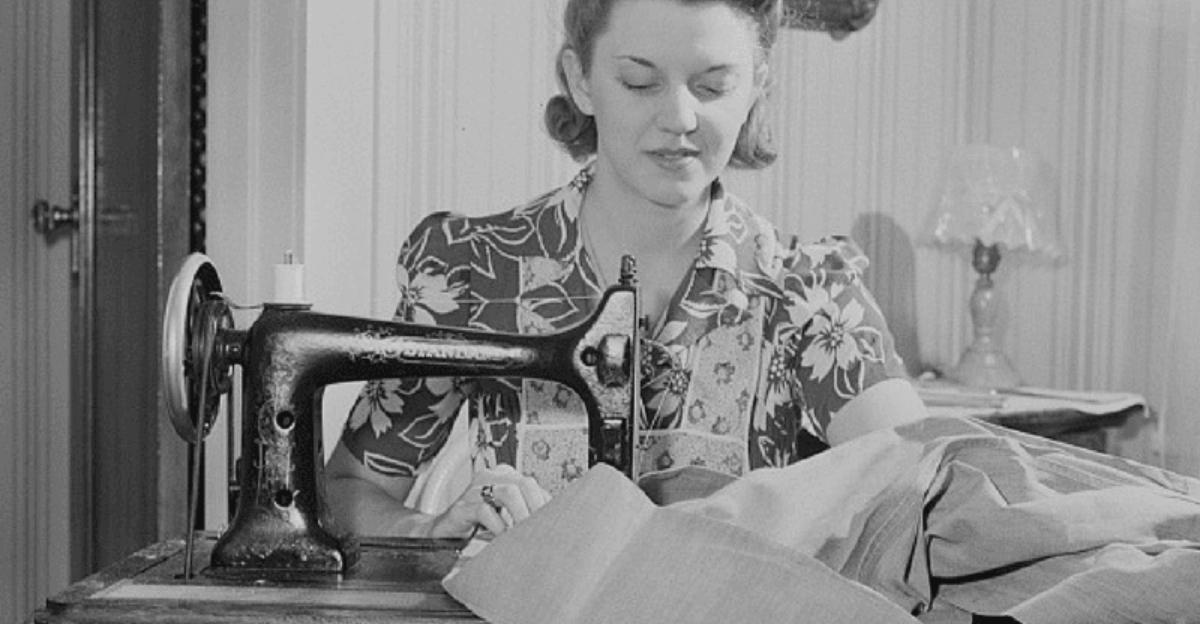20 Basic Life Skills Teenagers Had In The ’50s That Today’s College Graduates Can’t Master
In the 1950s, teenagers possessed a set of practical skills that today’s college graduates often lack. These abilities were not just about survival but also about thriving in everyday life.
From mending clothes to cooking meals from scratch, these skills defined an era of self-sufficiency and resourcefulness. Let’s explore 20 such skills that were second nature to the youth of that time, yet seem to elude today’s young adults.
1. Sew a button and hem their own clothes

Back in the ’50s, sewing a button was as common as tying a shoelace. Teenagers learned to mend their clothes, a skill passed down through generations. The satisfaction of wearing something mended by oneself was unparalleled.
Sadly, today, this skill has faded into obscurity, often replaced by a visit to the tailor or purchasing new clothes. The art of simple sewing taught patience and creativity, qualities that are timeless, yet seemingly rare in our fast-paced world.
2. Use a map without getting lost

In an era devoid of GPS, teenagers mastered the art of map-reading. This skill was essential for road trips and local adventures alike. Navigating the world required more than just direction; it demanded a sense of adventure and curiosity.
Today, the reliance on digital maps has diminished this once-common ability. Understanding how to read a map not only developed spatial awareness but also fostered independence—a valuable trait that digital tools struggle to replicate.
3. Cook full meals without Googling recipes

Cooking was an essential skill for teenagers in the ’50s. Without the luxury of online recipes, young cooks learned from family or community cookbooks. The kitchen was a place of learning and experimentation. Meals were crafted from memory, taste, and tradition.
This culinary independence is often lost on today’s graduates, who frequently turn to Google for guidance. Mastering the kitchen taught responsibility and creativity—skills that continue to nourish both body and mind.
4. Change a tire without calling for help
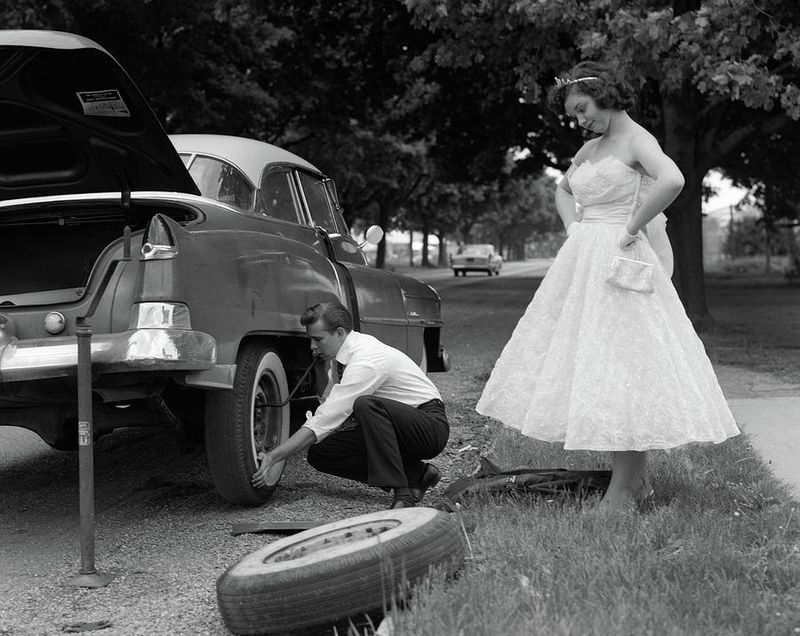
In the 1950s, changing a tire wasn’t just a skill—it was a rite of passage. This task was usually taught by a family member or during auto shop classes, imbuing a sense of confidence and self-reliance.
Today, this skill often lies dormant, overshadowed by roadside assistance apps. Yet, the ability to change a tire embodies perseverance and resourcefulness, qualities that are invaluable both on and off the road.
5. Keep a clean house—without being told

Cleanliness was a virtue instilled in 1950s teenagers, often through daily chores. This habit wasn’t just about aesthetics; it was about maintaining a space that was inviting and comfortable.
Today, the art of housekeeping is sometimes lost amidst the chaos of digital distractions. However, the ability to keep a clean house promotes order and peace, elements that contribute significantly to mental well-being.
6. Write legibly and with purpose

In an era where penmanship was prized, teenagers wrote with clarity and intent. Handwriting was more than just communication; it was a reflection of one’s personality and education.
Today, typing has often replaced this skill, sometimes at the expense of personal touch and precision. Writing legibly taught patience and attention to detail, virtues that remain relevant even in today’s digital age.
7. Budget from a paper paycheck
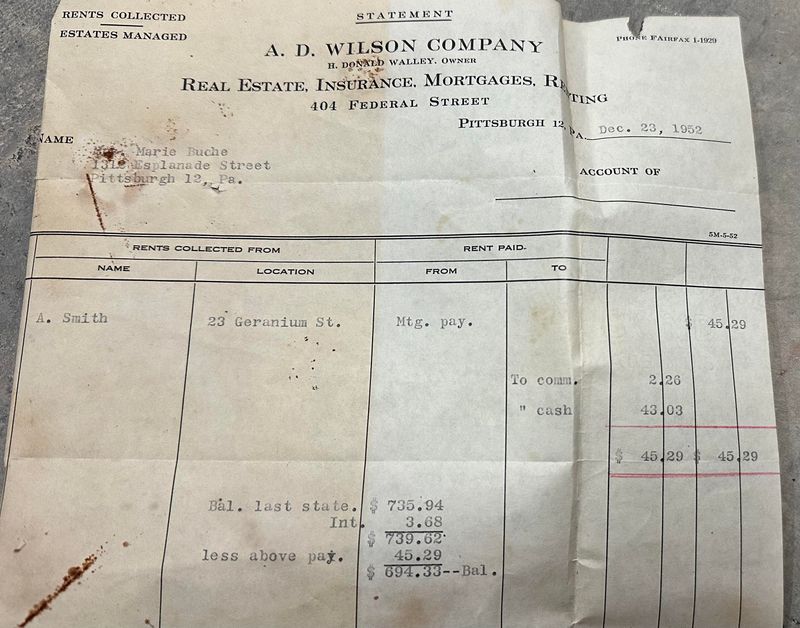
Budgeting was a critical skill for 1950s teenagers, who often received their earnings in cash. This practice taught financial responsibility and resourcefulness.
Managing a budget with physical money made the concept of value tangible. In contrast, digital transactions today sometimes blur this understanding. This hands-on approach to money management instilled a sense of discipline that remains essential in achieving financial stability.
8. Use a phone book—yes, that was a thing

Before digital contacts, the phone book was a teenager’s gateway to communication. This process required patience and a bit of detective work, turning phone calls into small adventures.
Today, this skill has faded, replaced by digital contact lists. However, the ability to navigate information manually fosters a sense of satisfaction and achievement. It also hones research skills, a valuable asset in any era.
9. Fix minor things around the house
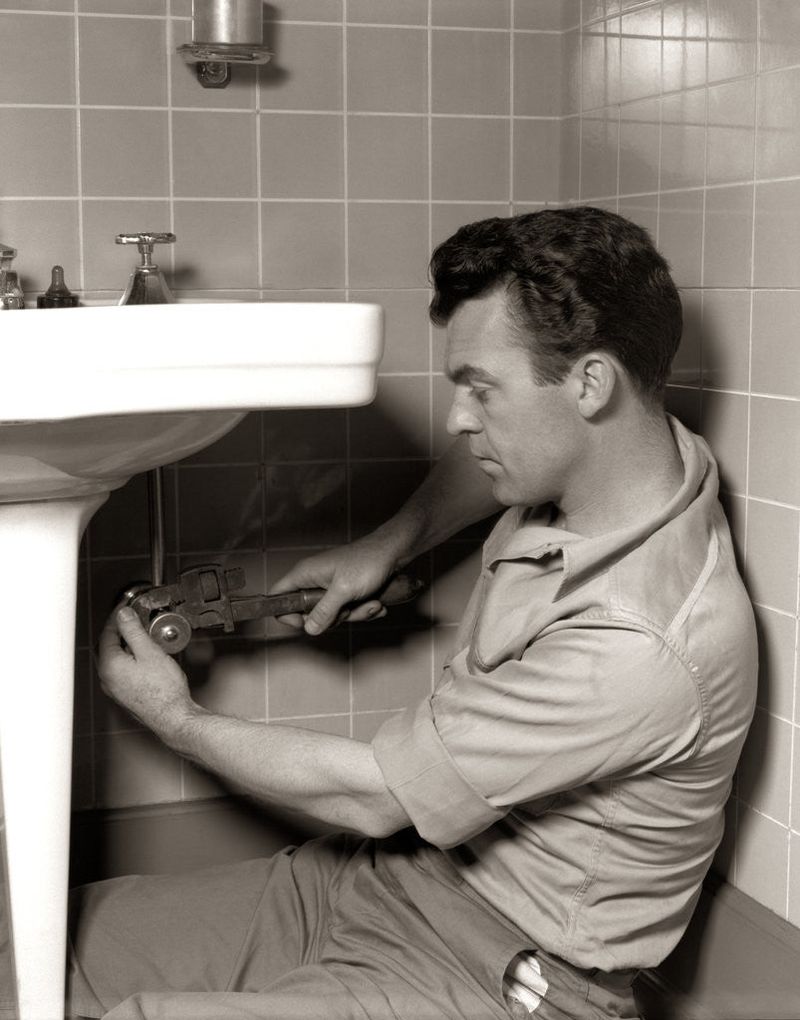
In the ’50s, teenagers learned basic home repairs as a necessity. These tasks were often taught by parents or experienced through trial and error.
Today, such skills are frequently outsourced, leading to a loss of practical knowledge. The ability to fix things fosters problem-solving and a sense of accomplishment. It builds confidence in one’s ability to handle everyday challenges, an invaluable life lesson.
10. Address an envelope properly

Addressing an envelope was once a fundamental skill for teenagers. This simple act was an essential part of communication, often overlooked in today’s digital world.
Mailing letters required knowledge of postal systems and a personal touch. The process taught formality and respect—qualities that are timeless, even as communication methods evolve. Understanding how to address an envelope remains a useful skill, especially in formal or professional settings.
11. Talk to adults with respect

Respectful communication with adults was a hallmark of 1950s upbringing. This skill was rooted in family values and social expectations. Today, while respect remains important, the dynamics of communication have shifted.
Many interactions occur digitally, sometimes lacking the nuance of face-to-face conversation. Understanding how to communicate respectfully with adults fosters empathy and emotional intelligence, enhancing personal and professional relationships.
12. Make plans without constant texting
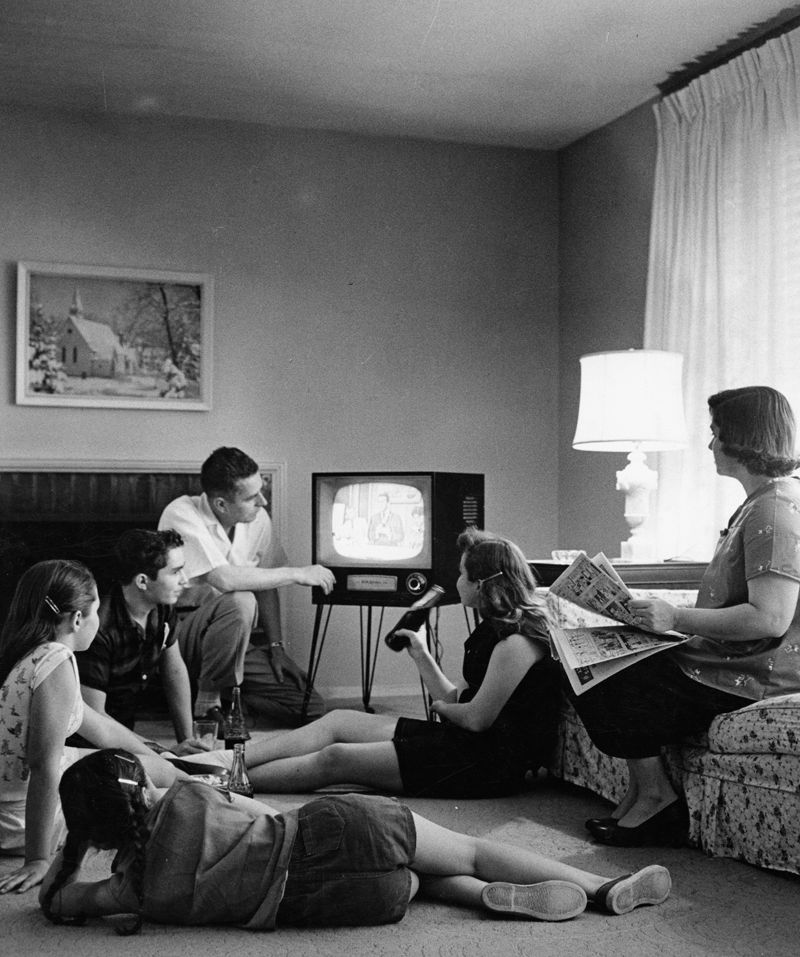
In the 1950s, making plans required more than just a quick text. This process taught patience and commitment, as plans couldn’t be changed in an instant.
Today, the art of planning has evolved with technology, often leading to last-minute changes and uncertainty. The ability to make and stick to plans fosters reliability, a quality that is essential in both personal and professional settings.
13. Handle boredom without entertainment
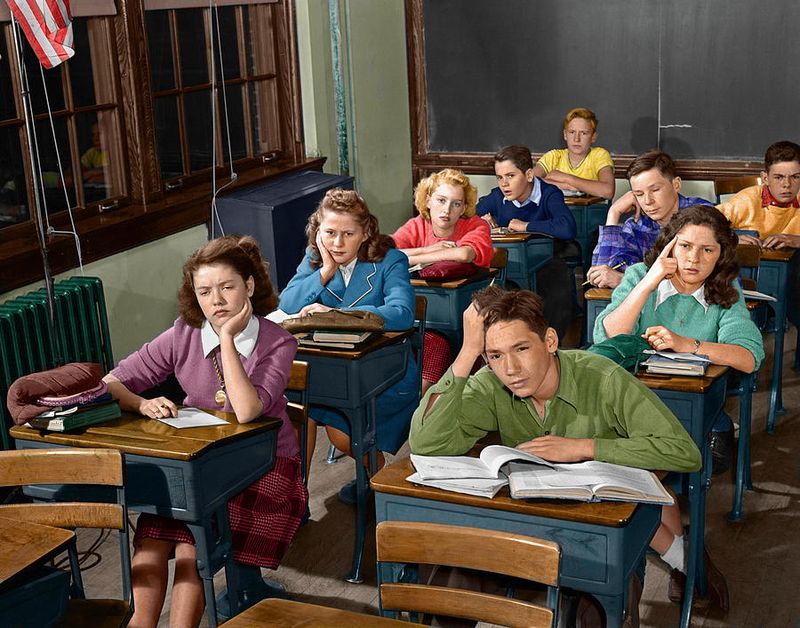
Boredom in the 1950s was a catalyst for creativity and exploration. Without the constant stream of digital entertainment, young minds wandered and discovered new interests.
Today, boredom is often seen as something to be avoided, yet it holds the potential for growth and self-discovery. The ability to entertain oneself fosters independence and imagination, traits that enhance problem-solving and innovation in any era.
14. Do laundry without ruining it
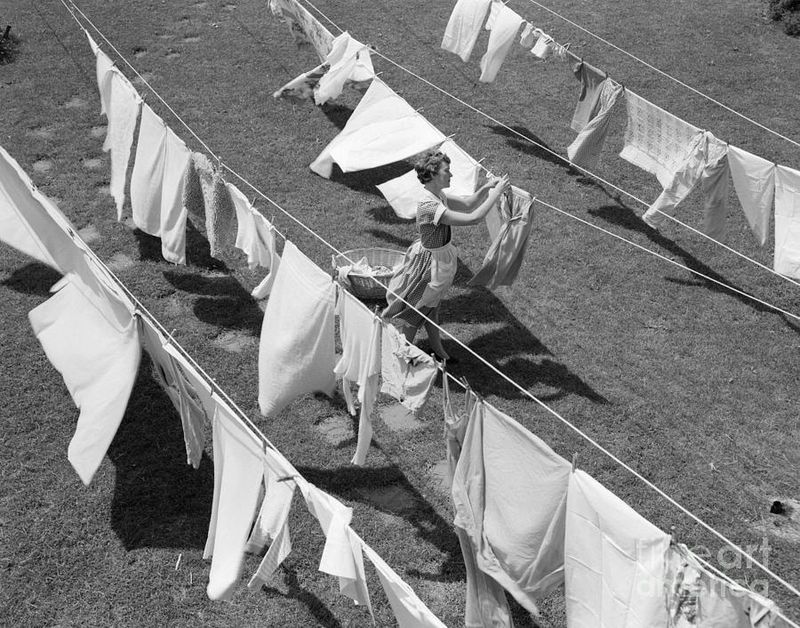
Laundry was a skill mastered by teenagers in the ’50s, often with manual machines and clotheslines. This task required understanding fabrics and techniques, ensuring clothes stayed in good condition.
Today, with modern machines, the nuances of laundry are sometimes lost. However, knowing how to care for clothes promotes sustainability and responsibility. It teaches attention to detail and the value of maintaining one’s belongings.
15. Get dressed appropriately for the occasion

Fashion in the 1950s was about more than style—it was about understanding the occasion. This skill was taught through example and societal expectations.
Today, while fashion is diverse, the understanding of dressing appropriately can sometimes be overlooked. Knowing how to dress for different occasions demonstrates respect and awareness of social norms. It enhances self-confidence and leaves a positive impression.
16. Follow through on commitments
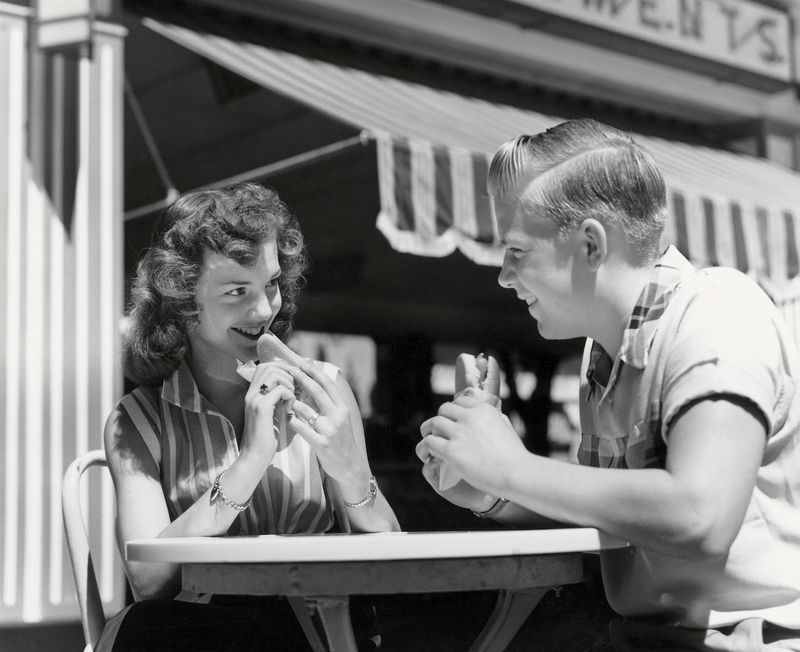
Commitment was a core value for teenagers in the ’50s. This mindset was cultivated through family and community expectations.
In today’s fast-paced world, following through can sometimes be challenging, yet it remains crucial for building trust and reliability. The ability to honor commitments reinforces personal integrity and supports successful relationships, both personally and professionally.
17. Carry cash and understand its value

In the 1950s, cash was the primary means of transaction, teaching teenagers about its tangible value. Handling cash imparted a real understanding of money management and value.
Today, digital transactions often obscure this tactile experience. However, carrying and managing cash fosters financial literacy and responsibility, skills that are essential for navigating the complexities of modern economies.
18. Read the news from a paper, not an algorithm
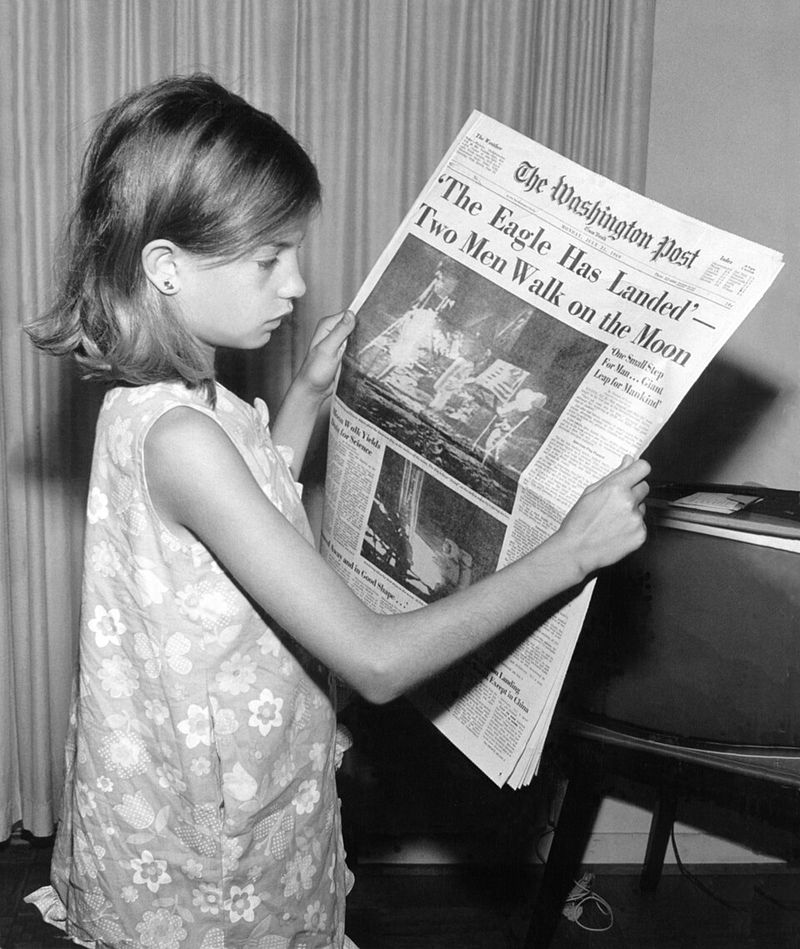
News consumption in the 1950s involved turning the pages of a newspaper. This ritual was about more than information; it was about understanding context and forming independent opinions.
Today, algorithms often shape the news, influencing perspectives. Reading from a paper taught critical thinking and awareness of global issues, skills that encourage informed citizenship and personal growth.
19. Stand in line without complaining
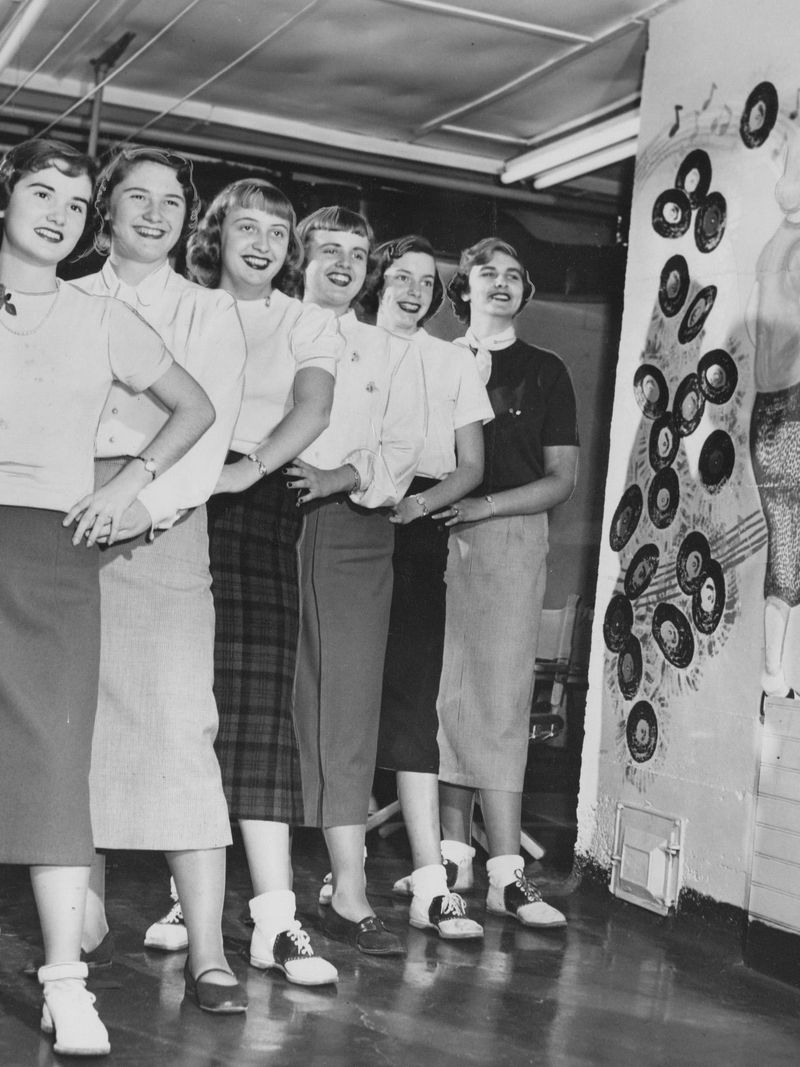
Patience was a virtue practiced by 1950s teenagers, often during the simple act of standing in line. This skill was about more than just waiting; it was about respecting others’ time and practicing patience.
Today, impatience often prevails, driven by the immediacy of digital life. However, learning to wait gracefully fosters empathy and mindfulness, qualities that enhance interpersonal relationships and personal well-being.
20. Show gratitude without a “like” button

Gratitude in the 1950s was expressed through handwritten notes and personal gestures. This act was about more than acknowledgment; it was about connecting with others on a personal level.
Today, digital expressions of gratitude can sometimes feel impersonal. The ability to express thanks genuinely cultivates meaningful relationships and a positive outlook, enriching both giver and receiver.

